I saw Hydrangeas that grow in the tropics. Know any names?
TaylorM
18 years ago
Featured Answer
Sort by:Oldest
Comments (42)
yellowgirl
18 years agoTaylorM
18 years agoRelated Discussions
HAVE: Tropicals, Perennials, Named Daylilies
Comments (2)I have a deep pink climbing rose bush that I would love to trade. This is the only photo I have of it, when it was out of control when we moved in. It does show that it climbs! http://www.flickr.com/photos/redthreaddiy/3676755356/sizes/l/in/set-72157623564150341/ We cut it down today and found that there were several rose bushes! We dug them up and here it the result: http://www.flickr.com/photos/redthreaddiy/5017902144/#/photos/redthreaddiy/5017902144/lightbox/ I tried to save as much of the bush as possible, but they were truly difficult to dig up! Let me know if you'd like any in particular. Most of the Daylilies I bought as start-ups this year, so I can only give you a couple double-fans of each. Daylily - Chicago Apache Daylily - Happy Returns Daylily - Mary Reed Daylily - Moroccan Sunrise Daylily - Red Magic Daylily - Siloam Red Ruby Daylily - Stella De Oro (TONS!) Daylily - Strawberry Candy Daylily - Sweet Sunrise Ditch Lily - Orange Let me know if you're interested!...See MoreObsessed with finding out name of shrub I saw
Comments (13)Now, does anyone know the tree that was blooming about a week ago that has drooping clusters of white flowers, sort of like small wisteria clumps under the leaves? It's not grandfather's beard- this is much more defined and larger trees. I notice them every spring , esp along hammond rd, but don't know what they are. Not sure if they are still in bloom or not since i haven't ventured up that way this week....See MoreWill hydrangea grow in tropical climates?
Comments (1)When i visited Hawaii last fall I ask a local nurseryman why I don't see any hydrangea all around? His answer was that 1) Hawaii have a very strict regulation about introduction of any non-native plants and 2) Hydrangeas anyway (supposedly) will not tolerate your warm/hot climate and volcanic soil. In support of his reason #2 I could only tell that I know people who was trying to grow hydrangeas in a mountain region of Panama where year around temperature stays in 75-90F range and humidity is low. No luck, all plants never went dormant and succumbed on a second-third year. Sorry....See MoreSaw this in Sydney and would like to know its name
Comments (2)Hi.. That is Dieties grandiflora.....See Morerazorback33
18 years agoTaylorM
18 years agoedgarmieles345
8 years agoianna
8 years agogardengal48 (PNW Z8/9)
8 years agoianna
8 years agoianna
8 years agohc mcdole
8 years agobossyvossy
8 years agoedgarmieles345
8 years agohc mcdole
8 years agoedgarmieles345
8 years agoedgarmieles345
8 years agoedgarmieles345
8 years agoedgarmieles345
8 years agoianna
8 years agoluis_pr
8 years agoianna
8 years agoEmbothrium
8 years agolast modified: 8 years agoedgarmieles345
8 years agoedgarmieles345
8 years agoianna
8 years agoedgarmieles345
8 years agonecolde5b ohio
8 years agoedgarmieles345
8 years agonecolde5b ohio
8 years agoPetrofac
8 years agolast modified: 8 years agoedgarmieles345
8 years agoPetrofac
8 years agolast modified: 8 years agoedgarmieles345
8 years agoMike McGarvey
8 years agoedgarmieles345
8 years agoianna
8 years agoYezie Mae
6 years agoluis_pr
6 years agolast modified: 6 years agoMike McGarvey
6 years agohc mcdole
6 years agoAvery Bartlett-Golden
6 years agolast modified: 6 years agoJon
6 years ago
Related Stories

FARM YOUR YARD6 Things to Know Before You Start Growing Your Own Food
It takes time and practice, but growing edibles in the suburbs or city is possible with smart prep and patience
Full Story
FUN HOUZZEverything I Need to Know About Decorating I Learned from Downton Abbey
Mind your manors with these 10 decorating tips from the PBS series, returning on January 5
Full Story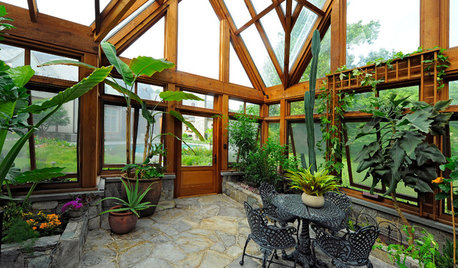
EDIBLE GARDENSThe Enticing Garden: How to Grow Bananas
Sweeten your dining table with surprising flavors of banana cultivars while adding tropical flavor to your garden
Full Story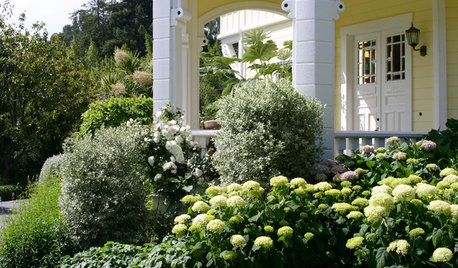
GARDENING AND LANDSCAPINGHave a Ball With Hydrangeas
Even if you don't tinker with the hue by changing the soil, hydrangeas have an entertaining range of uses in all kinds of landscapes
Full Story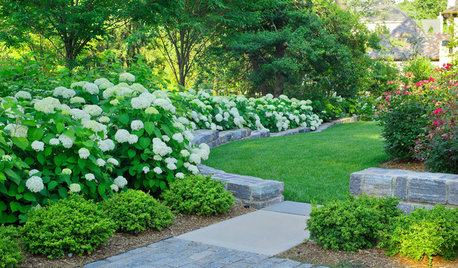
FLOWERS AND PLANTSHydrangea Arborescens Illuminates Garden Borders and Paths
This long-blooming eastern North American native shrub finds a home in landscapes around the world
Full Story
GARDENING GUIDESWhat’s in a Name? See 6 Wildflowers That Aren’t ‘Weeds’ at All
Dispel the stereotypes of weeds and try these wildlife-supporting native wildflowers in your garden
Full Story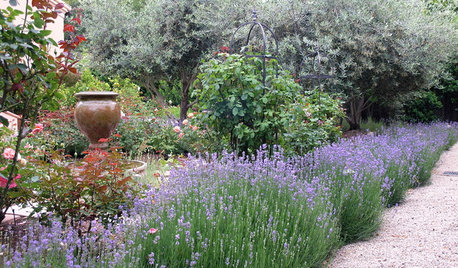
FLOWERSHerb Garden Essentials: Grow Your Own Fragrant Lavender
This do-it-all plant is ideal for almost any garden, and its uses are abundant around the home
Full Story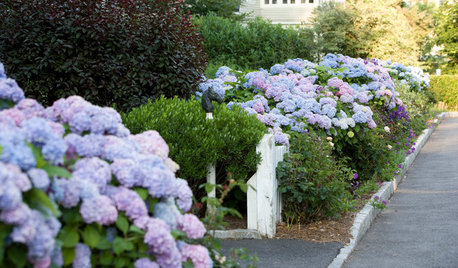
FLOWERSWhy You Should Give Hydrangeas a Place in Your Yard
The exuberant mop-headed beauties evoke dreams of an endless summer by the sea
Full Story
HOUSEPLANTSHow to Grow Orchids Indoors
Orchids are the exotic aristocrats of the flower world and can make themselves comfortable in almost any home
Full Story
GARDENING GUIDES13 North American Backyard Birds to Know
Find out about these enchanting native species and learn how to attract them to your yard
Full Story


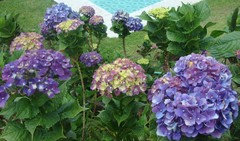
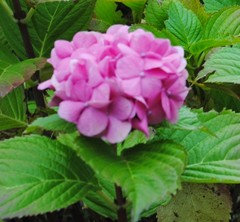
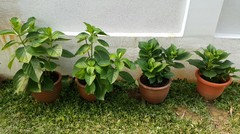
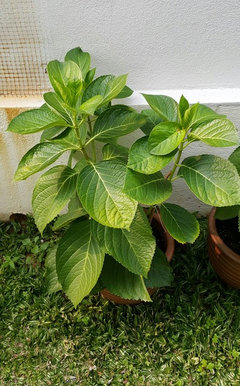
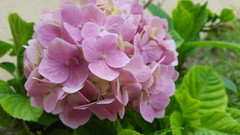
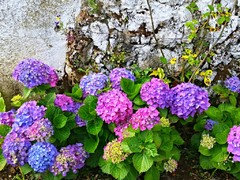
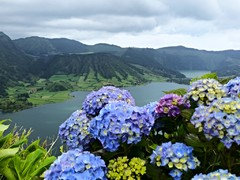
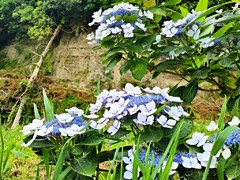
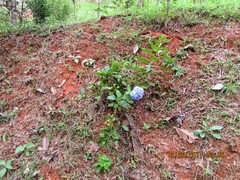
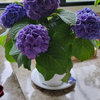
luis_pr